By Forrest L. Marion, Ph.D. Retired U.S. Air Force officer and military historian
Most readers know by now that for several years the U.S. Air Force has placed diversity, and the entire DEI mantra, at the fore of its priorities.
Especially since 2021, the U.S. Air Force Academy has led the way with its Diversity-Equity-Inclusion office. Its stated mission includes “to serve as the U.S. Air Force’s strategic leader in structuring a shared vision of diversity and inclusion.”
Last year, one of the Academy’s DEI office recommendations was that cadets discontinue the use of the terms “boyfriend,” “girlfriend,” “Mom,” and “Dad,” due to their perceived insufficient diversity and inclusivity. . . . As former Academy professor Jeffrey H. Anderson writes, “The notion that a DEI office would serve as a strategic leader of any sort in a military context is incredible” (emphasis added).
But so it is. Meanwhile, the service’s numerous diversity initiatives and statements are too many to mention here, but a recent article (The Federalist, Sept. 13, 2023) recalls various statements and activities promoting DEI by the nominee to be the next Air Force vice chief of staff, the service’s number 2 position.
In the past, Lieutenant General Jim Slife has commented on what he perceives as Air Force “institutional racism.” He has helped lead, or participated in, several service-sponsored DEI forums that promote the now familiar divisive ideology that flows indirectly from Critical Race Theory, which comes from Marxism.
There is certainly a place for legitimate diversity, however, and the Air Force has embraced it in the past – although with frustrating inconsistency.
At or near the top of initiatives marked by meaningful diversity has been the Air Force Special Operations Command’s (AFSOC) advisory mission carried out by its Combat Aviation Advisors (CAAs). The CAAs are highly trained, culturally savvy, and capable in the local languages of U.S. partner nations around the globe.
During one of several periods of organizational change a decade ago, in 2012 an up-and-coming colonel in the command stated:
“Today is a day of transition. The 1st [Special Operations Wing] is going to lose an important part of its legacy and history. Personally I grieve that, but [AFSOC] retains . . . a tremendous core of combat aviation advisers dedicated to one of our most historic and strategically important mission areas in all of Air Force special operations.”
True words, indeed. And until October 2022, the AFSOC had one active and one reserve squadron that conducted special operations “by, with, and through” U.S. partners’ air forces.
It was odd, to say the least, that the Air Force’s all-about-diversity leadership approved the inactivation of its only Regular Air Force squadron that deploys its most culturally and linguistically capable Airmen, the CAAs.
What more legitimately diverse operational unit did it have?
Last year, near the end of 25 years as an Air Force historian, I interviewed one dozen of these highly skilled advisors just before the active squadron closed. As several of them explained, the Air Force had no replacement plan for maintaining this institutional knowledge in the future.
The vast majority of CAAs do their job because they love the mission and believe in it. They should. It has made a difference in many places worldwide.
But most, if not all, were discouraged, saddened, and confused, if not embittered at the command’s – and by extension the service’s – decision to close the one active squadron and to “sunset” the lone reserve unit as well.
Those Air Force special operators who have not themselves attained general officer status are not alone in their perplexity, however. One fellow special operator and general officer, a long-time friend of Slife’s, acknowledged to me thoughts similar to the CAAs at the squadron level.
In various, sometimes even obscure, places – at least to Americans – including Burkina Faso, Estonia, Mauritania, Poland, and Syria (some of the recent ones), the CAAs I spoke with had demonstrated the advantages that cultural knowledge and language capabilities bring to the fight.
In 2018 in Burkina Faso, an advisor defused a tense situation on a flight line in which a nervous, non-English speaking, Burkinabe guard, fingering his trigger following a terrorist attack, immediately showed visible relief when a CAA informed him – in French – that the men with him were Americans and they were authorized on the flight line.
In another case, an advisory team to Mauritania fortuitously included a native Spanish speaker who instructed in Spanish because his Mauritanian counterpart had grown up in the Canary Islands where his father, a Spaniard, had taught him that language. While deployed to Mauritania, all of the American advisor’s instruction was conducted, surprisingly, in Spanish.
The stories go on and on, demonstrating the value – and diversity – of the advising mission with U.S. partners.
Meanwhile, China continues to extend its tentacles into every strategic region.
But with the closing of the CAA units, the Air Force’s implicit assumption seems to be that advising can flourish in an “English only” world.
While English is the predominant language for international civil and military flying, many partner nations and local air forces – particularly those in global hotspots in Africa, the Americas, the Middle East, and Asia-Pacific region – lack the English skills typically found in the familiar, older NATO countries. In some newer NATO countries, often only the pilots speak English.
A critical specialty such as an aircraft maintenance officer, however, is unlikely to know English. That is true within NATO. Outside of NATO, the language issues are worse.
If the service is serious about meaningful diversity – consistent with combat readiness measures – it will recognize its huge mistake in inactivating the U.S. Air Force’s most linguistically-and-culturally-diverse units and will take the necessary steps to return them to an operational, funded status.
If the Air Force chooses not to do so, what will that say about its ongoing craze for what it calls diversity?
To no small degree, General Slife himself illustrates the Air Force’s inconsistency and institutional confusion regarding diversity. That assessment is not intended to detract from his overall, truly brilliant, Air Force career, including selection as the AFSOC pilot of the year in 1998, and a number of highly regarded combat and command tours. But all men have feet of clay.
From being an advocate of CAAs and their “strategically important mission” – the quote from 2012 was his – to a decade later the AFSOC commander who shuttered the lone active CAA unit, to promoting diversity as the presumptive no. 2 officer in the U.S. Air Force, General Slife soon may have the chance to prove that the service is committed to meaningful diversity; or, if it will continue to practice an unserious diversity tantamount to anti-white racism.
Forrest L. Marion, Ph.D., is a retired U.S. Air Force officer and military historian. He is the author of Flight Risk: The Coalition’s Air Advisory Mission in Afghanistan, 2005-2015 (Naval Institute Press, 2018), and (forthcoming), Standing Up Space Force: The Road to the Nation’s Sixth Armed Service (Naval Institute Press).
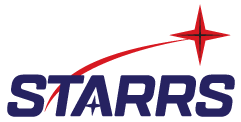
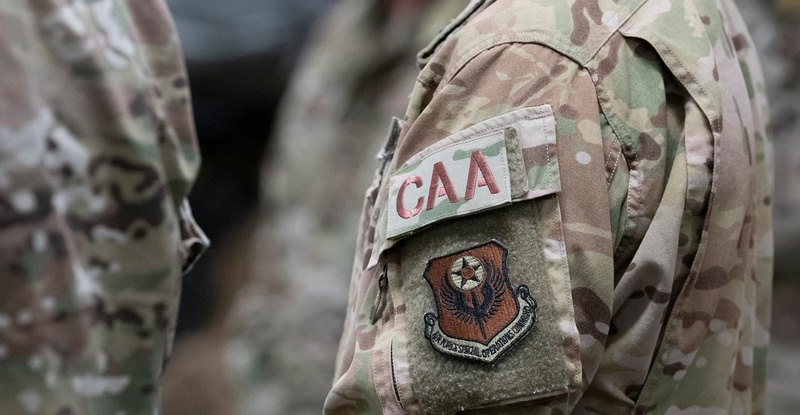
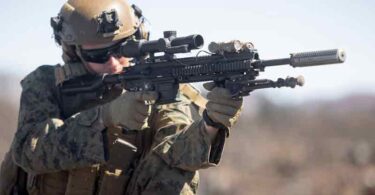
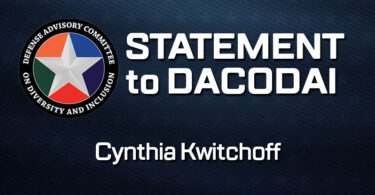
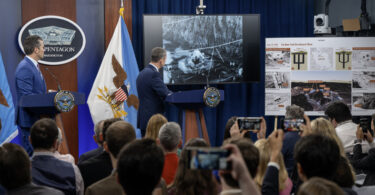

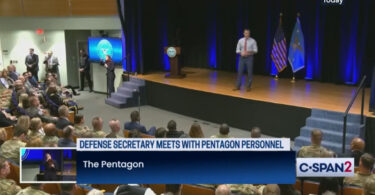
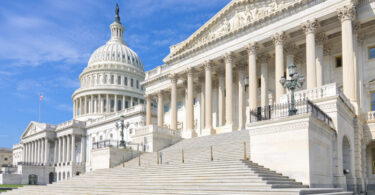
Leave a Comment